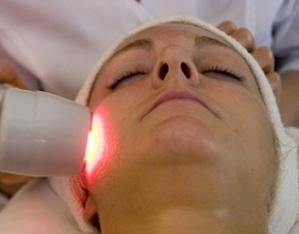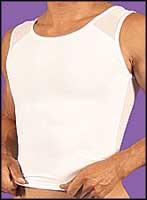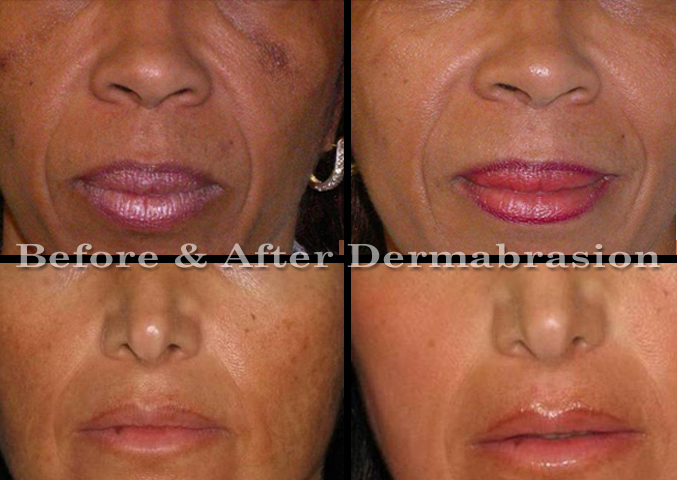Acne Scar Revision
Acne is most often associated with the angst and turbulent adolescence; at least that is the common perception. In the United States alone the American Academy of Dermatology reports that 40 to 50 million peoples suffer from acne to a level of requiring medical treatment. The numbers appear to be growing and the reason for this unclear.
In a study of 1,013 people, 15% of women and 7% of men over 50 reported having acne. The negative effects on self image are as strong in adults as in teens. Often adults use over the counter treatment that aggravate the condition even further.
Women appear to have increased risk
A survey from the University of Alabama was published a study in 2008; significant numbers on women suffering from acne was reported. This study found that acne affects more than 50% of women between the ages of 20-29 and more than 25% between the ages of 40-49. A Massachusetts General Hospital research survey in 2011 reported similar numbers though slightly lower than the University of Alabama report. The hospital study revealed that 45% of women 20-29 and 12% of women 41-50 had acne.
Treatments
Long term acne can leave substantial levels of scarring that require medical intervention to improve the appearance of the skin to enhance the well being and safe image of patients. Myriad treatments from a range of chemical peels, to non-ablative and ablative lasers, to injections, all the way up to surgical techniques. Sometimes the best treatment for may include a combination of these modern procedures. As in other scar revision the goal is to make the scarring less noticeable.


 In recent years the use of lasers in medicine has enjoyed rapid development in medicine. Doctors and researchers are experimenting with the devices in a wide variety of procedures, like opening blocked coronary arteries and reshaping the cornea of the eye to correct poor vision, dissolving kidney stones and in scar revisioning.
In recent years the use of lasers in medicine has enjoyed rapid development in medicine. Doctors and researchers are experimenting with the devices in a wide variety of procedures, like opening blocked coronary arteries and reshaping the cornea of the eye to correct poor vision, dissolving kidney stones and in scar revisioning.  When an imbalance occurs between the anabolic and catabolic phases of the healing process in a wound somtimes more collagen is produced than the is degradation of collagen in the healing process. This results in the scar growing in all directions. The scar is elevated above the skin and remains hyperemic. This is excessive scar tissue is medically classified either as a keloid or a hypertrophic scar.
When an imbalance occurs between the anabolic and catabolic phases of the healing process in a wound somtimes more collagen is produced than the is degradation of collagen in the healing process. This results in the scar growing in all directions. The scar is elevated above the skin and remains hyperemic. This is excessive scar tissue is medically classified either as a keloid or a hypertrophic scar. 